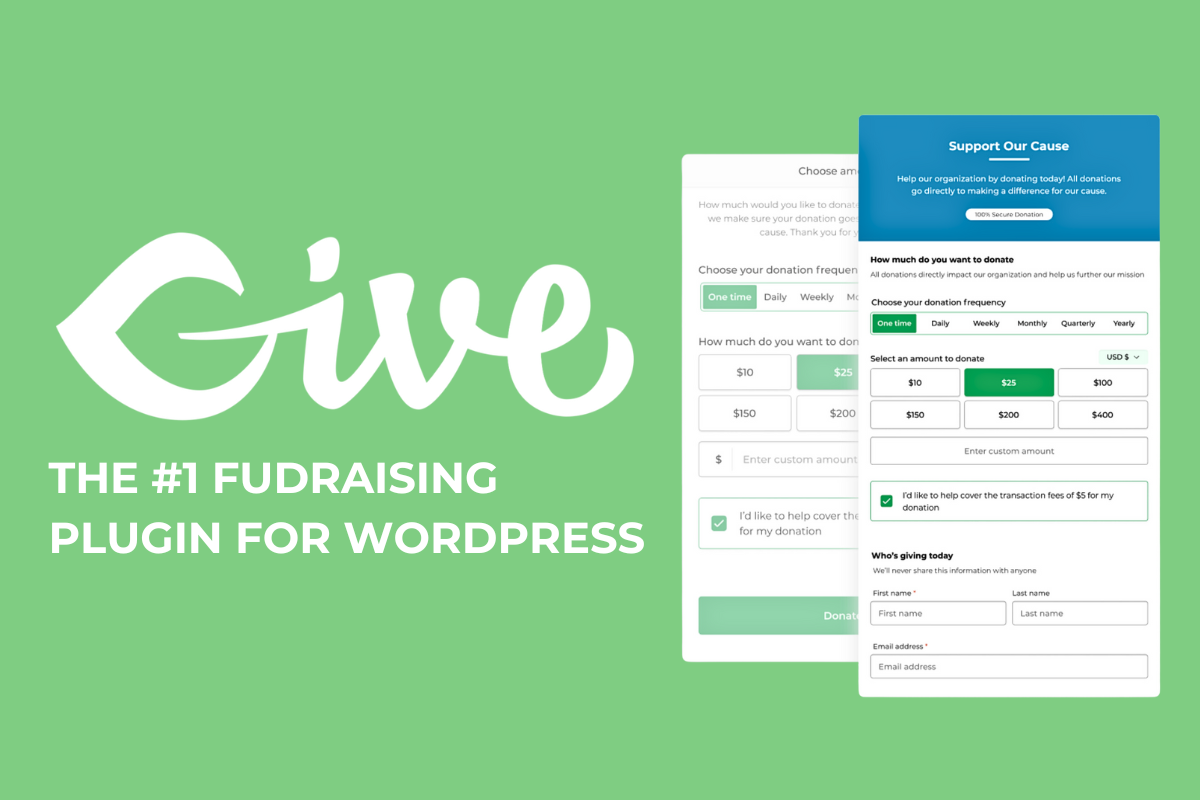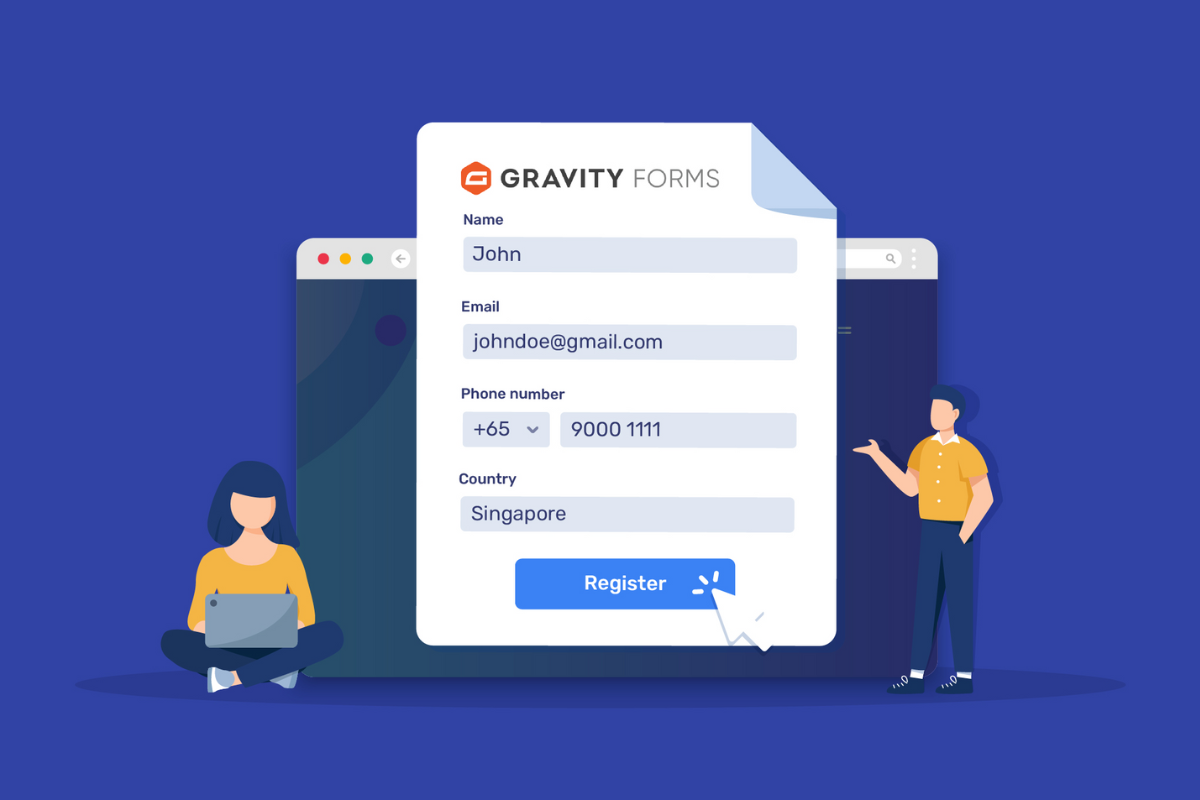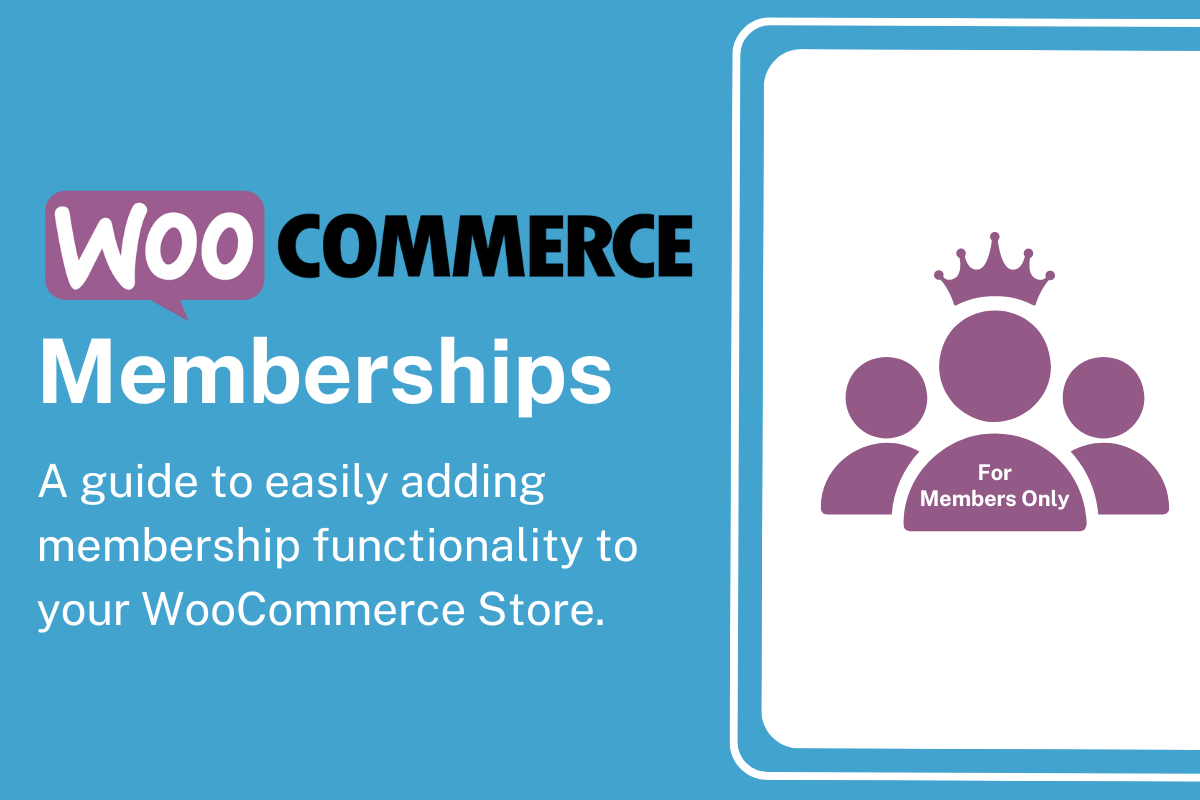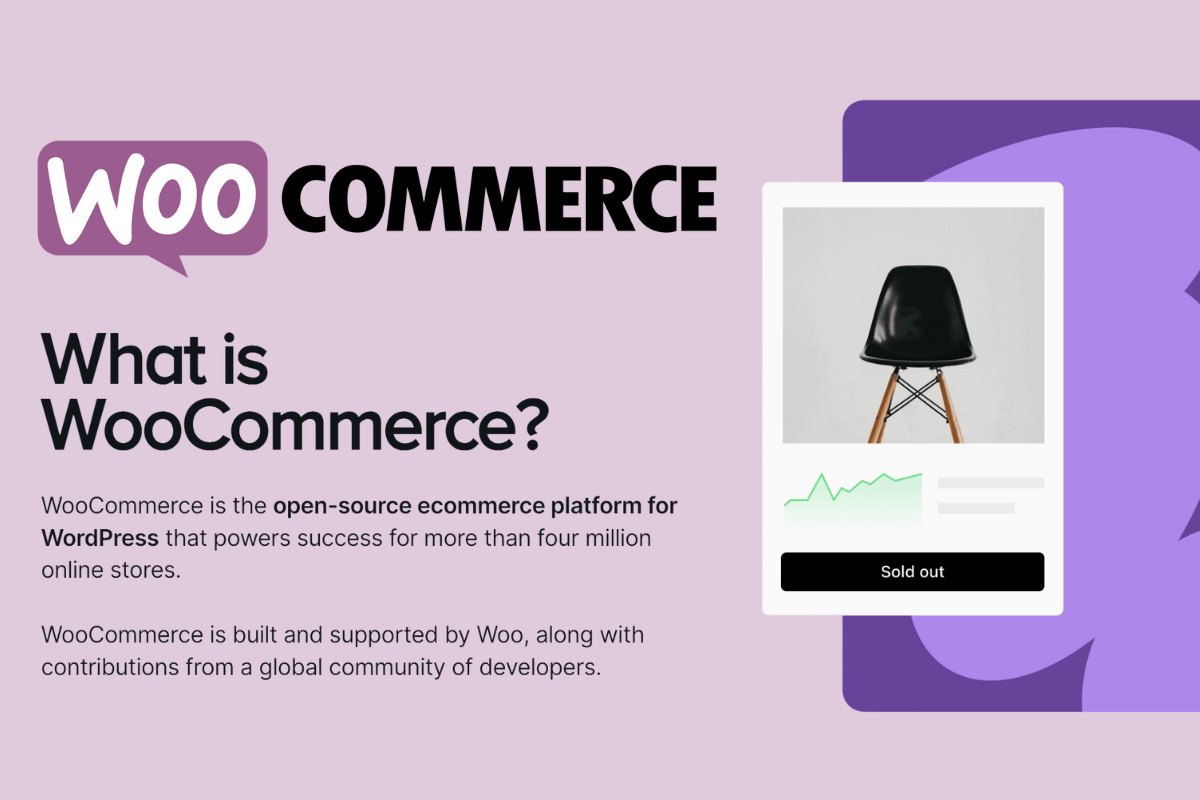Developing an effective content strategy is the foundation of successful website content management. A well-crafted content strategy ensures that all of your content aligns with your business’s goals, and addresses the needs and interests of your target audience. This involves defining clear objectives for your content, such as increasing brand awareness, driving sales, or educating customers. By setting specific, measurable goals, RBOA can craft your content to meet your objectives and evaluate its success.
SEO optimization is another helpful tool for managing website content effectively. Search engine optimization involves using techniques that enhance your website’s visibility on search engines, driving organic traffic. Effective SEO practices include keyword research to identify the terms your potential customers are searching for, and incorporating these keywords naturally into the content. Additionally, creating high-quality content that addresses users’ questions can improve search rankings. Technical aspects of SEO, such as meta tags, ensuring fast page load times, and maintaining a mobile-friendly design, also play an important role in improving a website’s search engine performance.
Maintaining a content calendar ensures consistent and timely content updates. A content calendar helps organize the production and publication schedule, ensuring that content is released at regular intervals and aligns with your marketing campaign or seasonal trends. This planning tool allows RBOA to produce and release various content pieces, from blog posts and social media updates to newsletters and promotional materials. By using a content calendar, we can avoid last-minute rushes, ensure a steady stream of fresh content, and keep your audience engaged with relevant and timely information.
Integrating various forms of media into the website content is a powerful way to enhance user experience and engagement. Text alone may not always capture your audience’s attention, so incorporating images, videos, infographics, and interactive elements can make the content more appealing and digestible. Visual content, in particular, can help convey information quickly and effectively, while videos can engage users more deeply by providing dynamic and interactive experiences. Multimedia integration not only improves the aesthetic appeal of a website, but also caters to different learning styles and preferences, making the content more accessible and engaging to your audience.
User Experience (UX) design is a fundamental aspect of effective content management. UX design focuses on creating a seamless and intuitive experience for users, ensuring that they can easily navigate your website and find the information they need. This involves designing clear, logical navigation structures, using consistent and intuitive layout designs, and optimizing the website for different devices and screen sizes. Good UX design reduces frustration and increases user satisfaction, which can lead to higher engagement rates and lower bounce rates. By prioritizing user experience, your business can create a more enjoyable and effective online presence, ultimately leading to better user retention.






